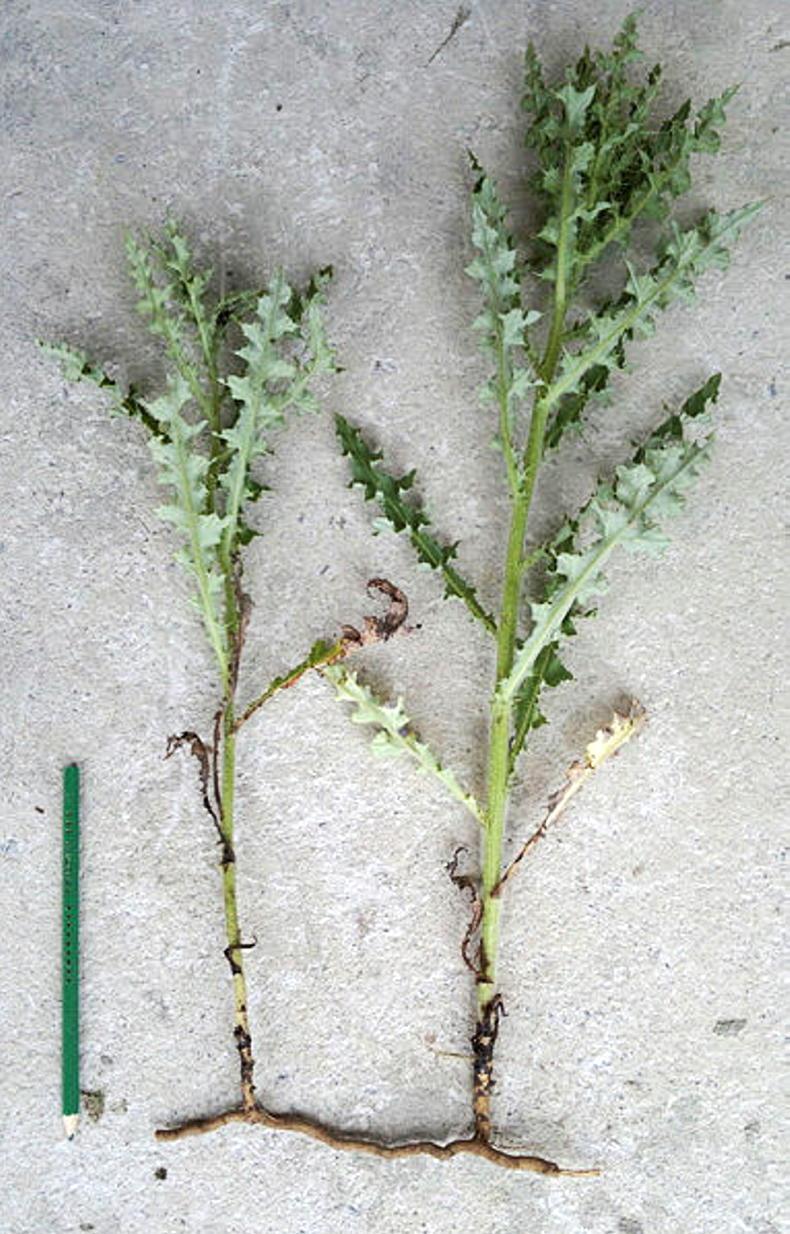THE clocks went forward giving way to brighter evenings and allowing us time to clear out our tack rooms and dust down the rafters. Any fencing, doors and gates can now be protected with paint or timber preservative (creosote is no longer allowed) to save against the elements and also freshen up the appearance of the yard.
Spring is a good time to give our stables a thorough clearing out and disinfecting. It’s best to clear out a number of stables at a time and move horses to another area or turn them out if possible. All bedding, manure and straw should be removed to the muck heap and the entire area, including the walls, power-hosed. Next the entire stable should be disinfected and then left until completely dry before putting clean bedding in again.




 This is a subscriber-only article
This is a subscriber-only article
 It looks like you're browsing in private mode
It looks like you're browsing in private mode





SHARING OPTIONS: